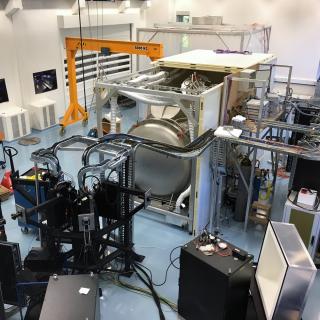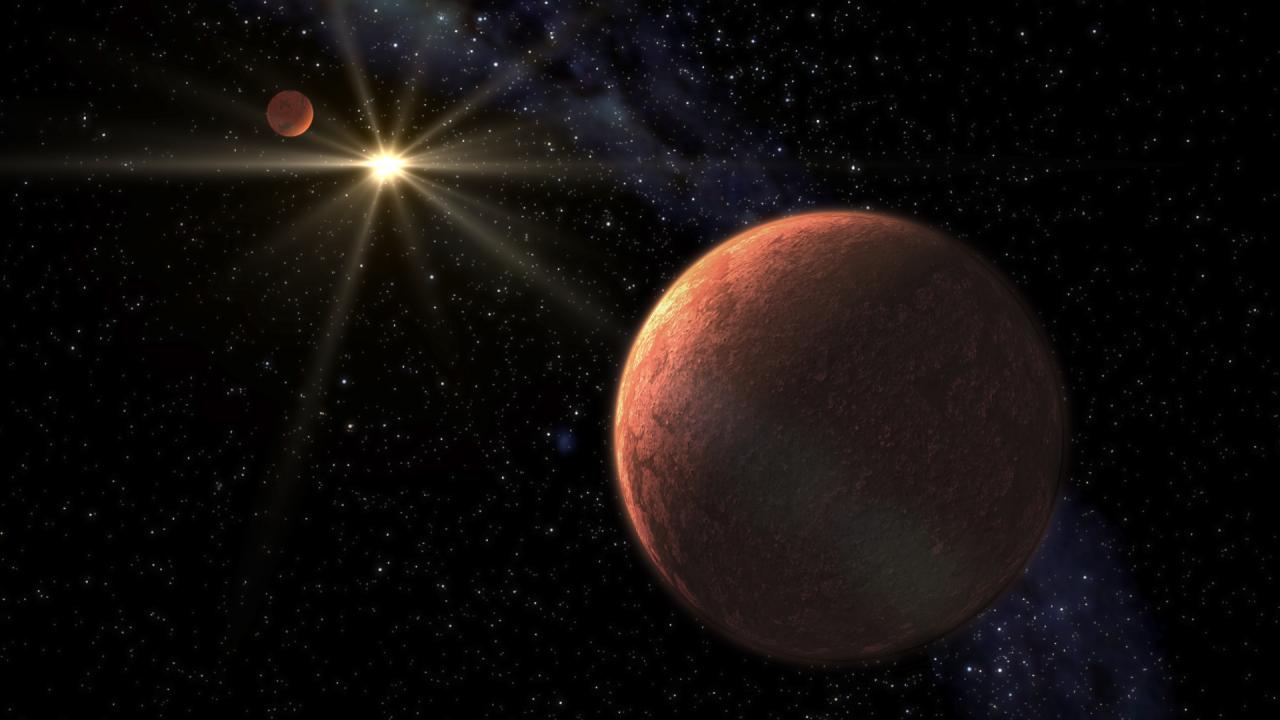Subvenciones relacionadas:
General
Se investigan los procesos que conducen a la formación de estrellas de baja masa, enanas marrones y exoplanetas y caracterizar las propiedades físicas de estos astros en varias etapas evolutivas. Las estrellas de muy baja masa y las enanas marrones son probablemente los objetos más numerosos de nuestra Galaxia, pero no por ello están suficientemente bien establecidas sus propiedades. En particular, los objetos subestelares constituyen uno de los grupos más difíciles de estudiar desde el punto de vista observacional dada su baja luminosidad intrínseca. Se pretende establecer la frecuencia, multiplicidad y distribución espacial de estrellas ultrafrías y objetos subestelares en la vecindad del Sol y en regiones de formación estelar y cúmulos cercanos con el fin de proporcionar información sobre los mecanismos que los originan, caracterizar sus propiedades ópticas e infrarrojas, y establecer relaciones entre sus propiedades espectrales, masas y luminosidades. Se hace especial énfasis en empujar la frontera de detección hacia los objetos de menor masa, bien sea como objetos ligados por atracción gravitatoria a otros, o flotando libremente en el espacio interestelar. Los objetos menos masivos también suelen ser los de menor luminosidad intrínseca y temperaturas superficiales más frías por lo que entrañan notable dificultad de detección por medio de imagen directa. Sin embargo, la detección directa permite una caracterización fotométrica y espectroscópica mucho más completa y una mejor determinación de sus propiedades físicas y químicas. También se pretende investigar la presencia de exoplanetas en estrellas de baja masa empleando técnicas de medida de velocidad radial con muy alta precisión y técnicas de muy alta resolución espacial. Se trabaja en el desarrollo de espectrógrafos ultraestables para grandes telescopios y de sistemas de imagen ultrarrápida. Con los primeros es posible lograr la detección de planetas con masas similares a la de la Tierra en estrellas de tipos G, K y M un objetivo que se persigue es establecer la frecuencia de estos planetas en las estrellas de la vecindad solar y caracterizar las propiedades de los sistemas planetarios a los que pertenecen.
Miembros
Resultados
Descubrimiento de un planeta sub-Tierra (P=3.15d) con una masa mínima de 0.37 Mtierra, i.e. aproximadamente tres veces la masa de Marte (y un posible sistema planetario candidato) orbitando la estrella de Barnard (GJ699), utilizando observaciones de ESPRESSO
- El limite estelar/subestelar del cumulo más cercano al Sol, las Hiades
Actividad científica
Publicaciones relacionadas
Charlas relacionadas
No se han encontrado charlas relacionadas.Congresos relacionados
No se han encontrado congresos relacionados.Noticias





